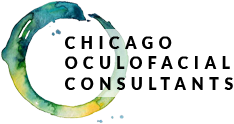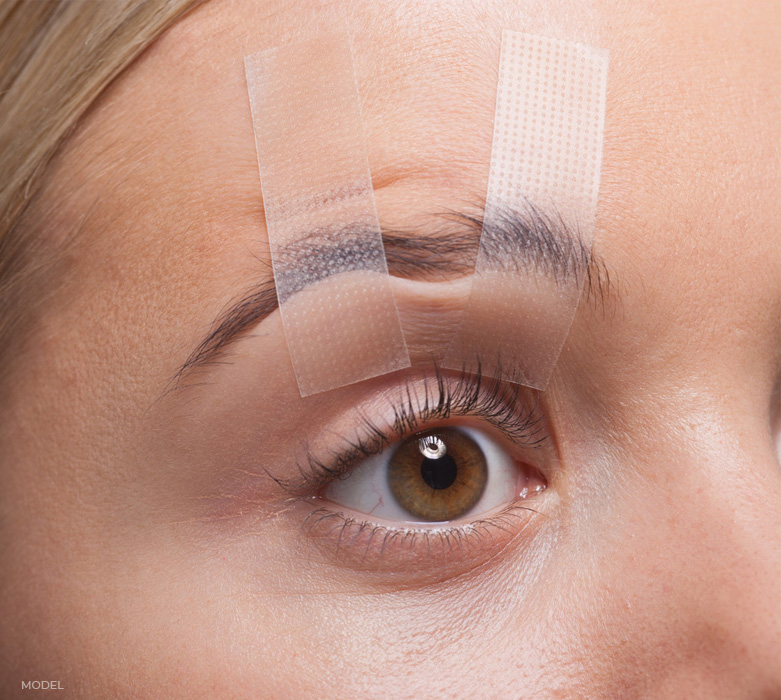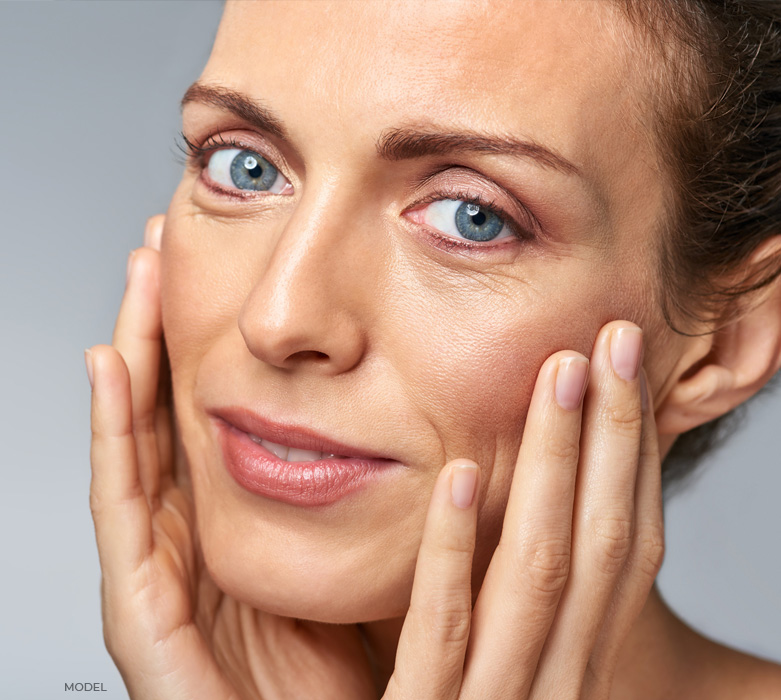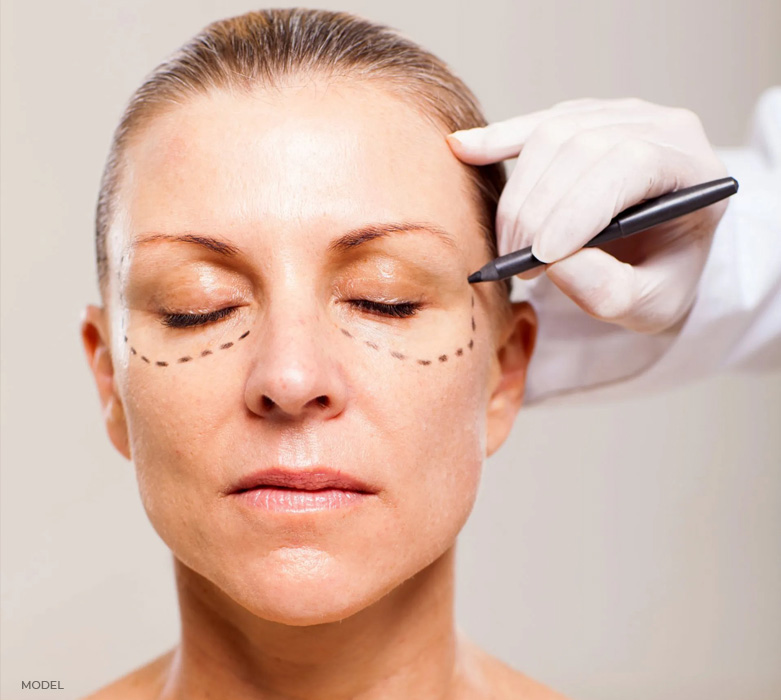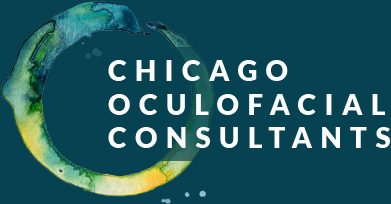While both upper and lower eyelid surgery involve incisions, the resulting scars will be hidden. For the upper eyelid, Dr. Williams makes the incision in the upper eyelid crease. At first, it may be visible when closing your eyes. However, this scarring typically heals very well and fades over time. Eventually, it should not be noticeable.
Lower eyelid surgery incisions can be made inside the eyelid, which completely hides any scarring. Still, Dr. Williams maintains a precise technique so that even hidden scarring heals well. This commitment to minimal tissue damage results in better healing and more refined results.

